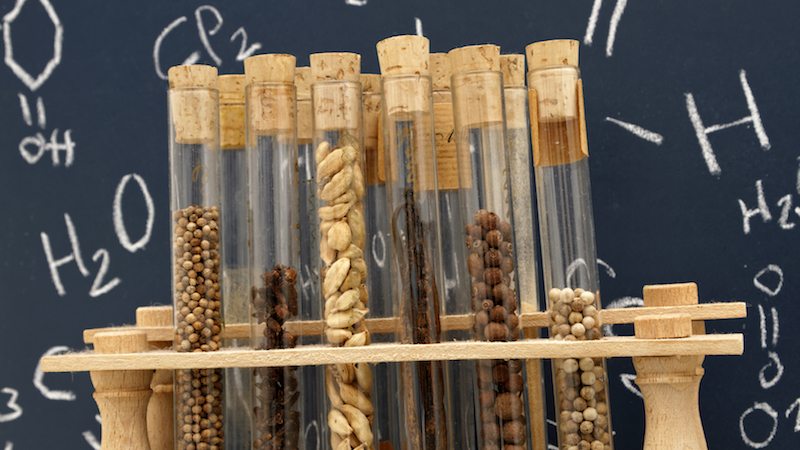Understanding the Science of Food
Episode #5 of the course How to live a healthy lifestyle by FutureLearn
Our bodies are made up of many tens of thousands of different chemical molecules, and the food we eat needs to contain enough raw materials for us to produce these molecules so that we can function at our best. These raw materials come in the form of nutrients. Nutrients are divided into two categories: macronutrients and micronutrients. Micronutrients are the vitamins and minerals the body needs in small quantities to help with metabolism, growth, and overall well-being, while macronutrients are the nutrients the body needs in much larger amounts to provide us with the energy we need to live. These consist of fat, protein, and carbohydrates.
Protein and carbohydrates deliver four calories (17kJ) per gram, while fat delivers nine calories (37kJ) per gram. Food labels tell us what the percentage of each nutrient is in a product and how much total energy the product contains. In addition to providing energy, the three macronutrients have other major roles in the body.
Protein
We need to eat protein mainly so that we can make our own proteins. We break down the proteins in food into their component molecules, called amino acids, and then we connect the amino acids back up again to make our own. There are about 20 different amino acids, and eight of them are labelled “essential,” since the body can’t make them on its own. Thus, they must come from the foods we eat. Proteins play multiple roles in the body and are an essential component of muscles and other structures, such as hair and nails.
Fat
Eating a small amount of fat is essential: The fat we eat is broken down during digestion into smaller units called fatty acids, and your body puts these smaller component parts to good use in building cell membranes, absorbing vitamins, and transforming into energy. The main types of fat found in food are saturated fats and unsaturated fats, and the reference intake value for total fat in the UK is 70g per day, of which no more than 20g should be saturated fat. Some fats, such as those found in oily fish, are a source of essential fatty acids such as omega-3. These are deemed “essential” because the body can’t make them on its own.
Carbohydrates
Carbohydrates are the body’s main fuel source, and we convert most carbohydrates into glucose (sugar), which is absorbed into the bloodstream for energy. From there, the glucose enters the body’s cells with the help of the hormone insulin. A carbohydrate is a general term that includes various kinds of sugars, starch, and fiber. Sugar is found naturally in some foods, including fruit, honey, and milk, while other forms of sugar, such as table sugar, can be added to food. Starchy foods include bread, rice, potatoes, and pasta; they provide a slow and steady release of energy, while fiber is only found in foods that come from plants and helps to keep our bowels healthy.
Recommended free course
Recommended book
“The Food Lab: Better Home Cooking Through Science” by by J. Kenji López-Alt
Share with friends

